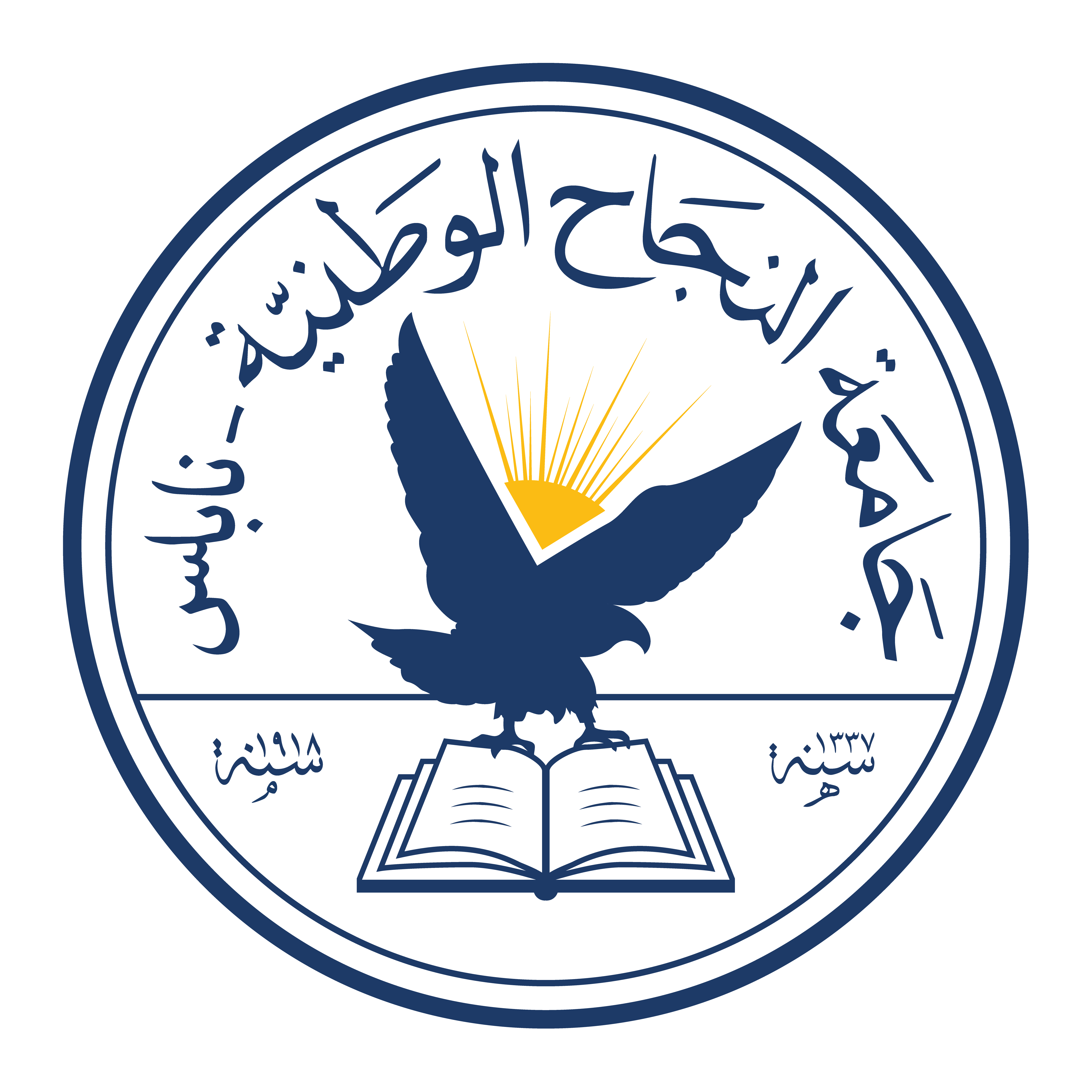
Abstract
It is widely accepted that the struggle over media representation within the Palestinian-Israeli struggle is no less important than the struggle on the ground (Wolfsfeld, 1997). Although the role of the media in this struggle has been a focal interest for researchers, the vast majority of studies are based on content analyses (see Kempf & Shinar, 2014). They mostly adopt top-down approaches with macro-level tools of analysis which lead to a dichotomous positive ‘Self’ and negative ‘Other’ representation. This study, in contrast, is a qualitative language-based analysis of three Israeli online newspapers during the 2014 Gaza war. The study analyses a limited number of news articles from newspapers that are indicative of the Israeli media landscape. The choice of these outlets is intended to present a range of possible views from the right, centre, and left. The study adds to the effort which approaches media discourse to detect fissures and dissonances rather than identifying stabilities and symmetries. To achieve its aims, the study adopts Critical Discourse Analysis as a general framework and takes account of transitivity (Halliday, 1985; Halliday & Matthiessen, 2004), the social actor model (van Leeuwen, 2008) and referential strategies (Reisigl & Wodak, 2009) to conduct its bottom-up analysis. The results of this study reveal that marginal ideologies at both ends of the ideological spectrum in Israel compete with a hegemonic Zionist discourse. More interestingly, the study reveals some discursive differences between the hegemonic ideology on the one hand and the marginal ideologies on the other. While the former depends on common public knowledge, thus backgrounding much contextual information, the latter mainly function via the extensive contextualization of events.
Recommended Citation
Qawariq, Rami
(2022)
"Political and ideological tensions in Israel: a critical language analysis of news reporting of the 2014 Gaza war,"
An-Najah University Journal for Research - B (Humanities): Vol. 36:
Iss.
7, Article 7.
Available at:
https://digitalcommons.aaru.edu.jo/anujr_b/vol36/iss7/7

